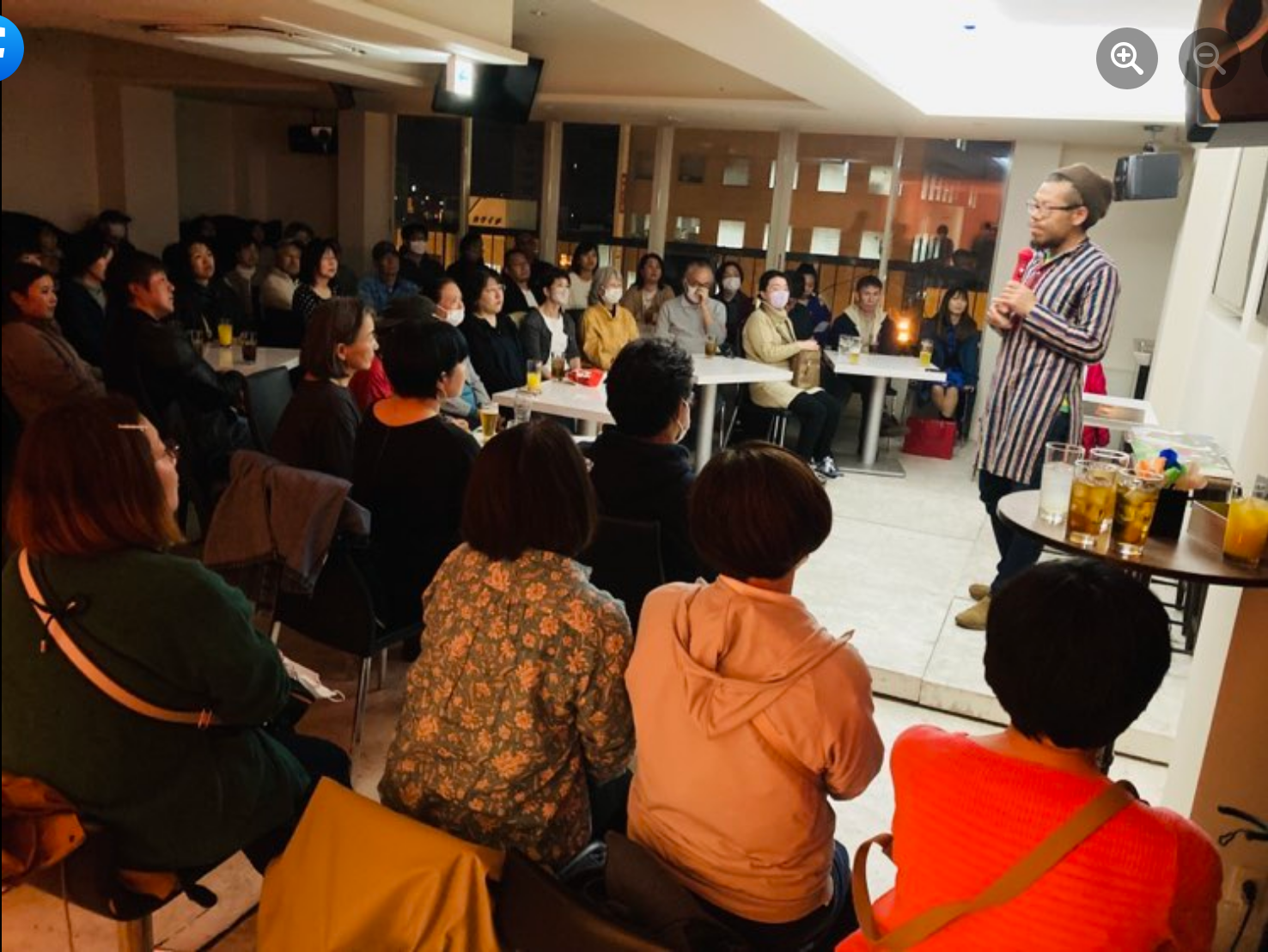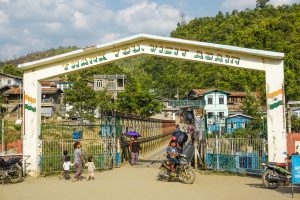Four foreign nationals – two Americans and two Canadians – were apprehended by Indian security forces as they were trying to cross into Myanmar from India.
They were held over six months ago at the border district of Champhai in India’s northeastern state of Mizoram on hilly routes that connect the two countries. They were quizzed by government authorities and instructed to return to New Delhi from where they had arrived in Mizoram.
“All of them wanted to cross over to Myanmar, which they admitted during the interrogation,” a government official said, adding that while the case of the Canadian nationals is “understandable,” that of the U.S nationals “remains a bit of a puzzle.”
The Canadian nationals emigrated from Myanmar’s Chin State to Canada many years ago. It is likely that they were on a visit to their native villages or towns in Chin State, which is easier to reach from Mizoram than landing at an airport in Myanmar and traveling by road all the way through disturbed areas to reach their destination.
India and Myanmar have a “free border regime” along the entire stretch of the 1,020- mile border, which means that citizens from one country can cross over to the other side up to a distance of 10 miles (16 kilometers). The arrangement has allowed the continuation of social and economic ties among the communities that inhabit the areas along the international border.
According to Salai Mang Hre Lian, program manager of Chin Human Rights Organization (CHRO), around 120,000 Chin people from Myanmar have settled in Europe, the United States, and Canada over the past several decades. The primary reasons for their emigration to Western countries are poverty and unemployment in Chin State, which is one of the least developed regions in Myanmar.
The two U.S. citizens apprehended along the Indian border with Myanmar are not from Myanmar originally.
An Indian government official alleged that they were “not speaking the truth” about their motives to sneak into Myanmar when they were quizzed at Mizoram’s capital of Aizawl. “It is quite likely that the duo has contacts with Myanmar expatriates in the U.S. Perhaps, they were advised to reach a certain point along the border from where they might have been taken to some places in Myanmar,” he said.
Drawing attention to the growing U.S. focus on Mizoram, he pointed to the recent visit of the head of the U.S. Consulate General in Kolkata, Melinda Pavek, to the border state. Pavek visited Mizoram on April 18 and held separate meetings with the state’s Health Minister Dr. R Lalthangliana and Chief Secretary Renu Sharma in Aizawl.
After the interaction, Pavek pointed out four areas – connectivity, mobility, security (cybersecurity as well as military research and development), and collaboration (people-to-people, government-to-government, and multilateral) – that could contribute to the deepening of ties between the U.S. and Mizoram.
Foreign Nationals in Mizoram
Nationals from many countries with different backgrounds have been visiting Mizoram ever since refugees from Myanmar began to take shelter in the Indian border state. During my visit to the India-Myanmar border en route to Myanmar’s Chin State and Sagaing Region in January-February, I came across foreign nationals from four countries.
Two nationals from Sri Lanka and Portugal, and one from Ethiopia were working with Médecins Sans Frontières (MSF, also known as Doctors Without Borders) at Zokhawthar for providing medical assistance to the refugees from Myanmar. This border zone has around 4,000 refugees in five camps.
There are also nationals from other countries who have been regularly visiting the border towns of Mizoram either out of curiosity, to gather information on the refugees, or to offer assistance. I spoke to a French woman in her late 50s at the MSF office in Zokhawthar.
Among the other foreign nationals that I met at the border town was Mitusru Sato, a farmer and a humanitarian worker from Japan, who has firmed up plans to raise funds for Myanmar refugees lodged in the camps.
Recalling his time at Zokhawthar, Sato said that the refugees at the border town lacked “stakeholders and support,” which was as much of a surprise to him as was the absence of United Nations logo banners. On his future plans, he told The Diplomat, “I am organizing photo talk events in Japan and sharing what I have seen in Mizo (Mizoram). Until today, I organized three such events and raised 37,000 rupees ($450 approximately) from the participants as a donation.”

Japanese national Mitusru Sato delivers a lecture at Hokkaido in Japan about Myanmar refugees in Mizoram, India, to raise funds for them. Photo courtesy of Mitusru Sato.
Foreign Nationals in Myanmar
There has been much speculation over the participation of foreign nationals in the resistance movement against the Myanmar junta. A news report in the Myanmar daily, Mizzima, dated December 21 of last year, quoted a commander of Chin National Defense Force (CNDF) as saying that the “VAKOK Battalion” of the outfit was receiving “training from a U.S. armed forces veteran in Sagaing Region’s Kale Township.”
The commander, who identified himself as Uk Pi, further said that the “trainer was born in Myanmar and retired from the U.S. Army. He has volunteered to train other ethnic groups too.”
In a span of 21 days between January and March, The Diplomat visited the camps of the Chin National Army, Chinland Defense Force Thantlang, Chin Rifles, Kalay People’s Defense Force, and Mountain Eagle Defense Force, besides visiting a parade ground of the CNDF and interacting with functionaries from two more resistance groups at Tamu in Myanmar’s Sagaing Region and Chin State.
It was difficult to ascertain if there were foreign nationals in these camps. It was a question that I avoided asking the rebel leaders since it was almost certain that they would not disclose details even if foreign nationals were present. In all likelihood, even if they were present, they would be people originally hailing from these regions, who had settled in other countries and acquired citizenship.
However, I did identify three foreign nationals from India, Thailand, and the U.S. outside the camps at different locations.
The citizens from India and Thailand were associated with the resistance movement in non-military roles. The U.S. national was examining options to contribute to a development scheme in a backward and remote village, which was outside junta control.

































